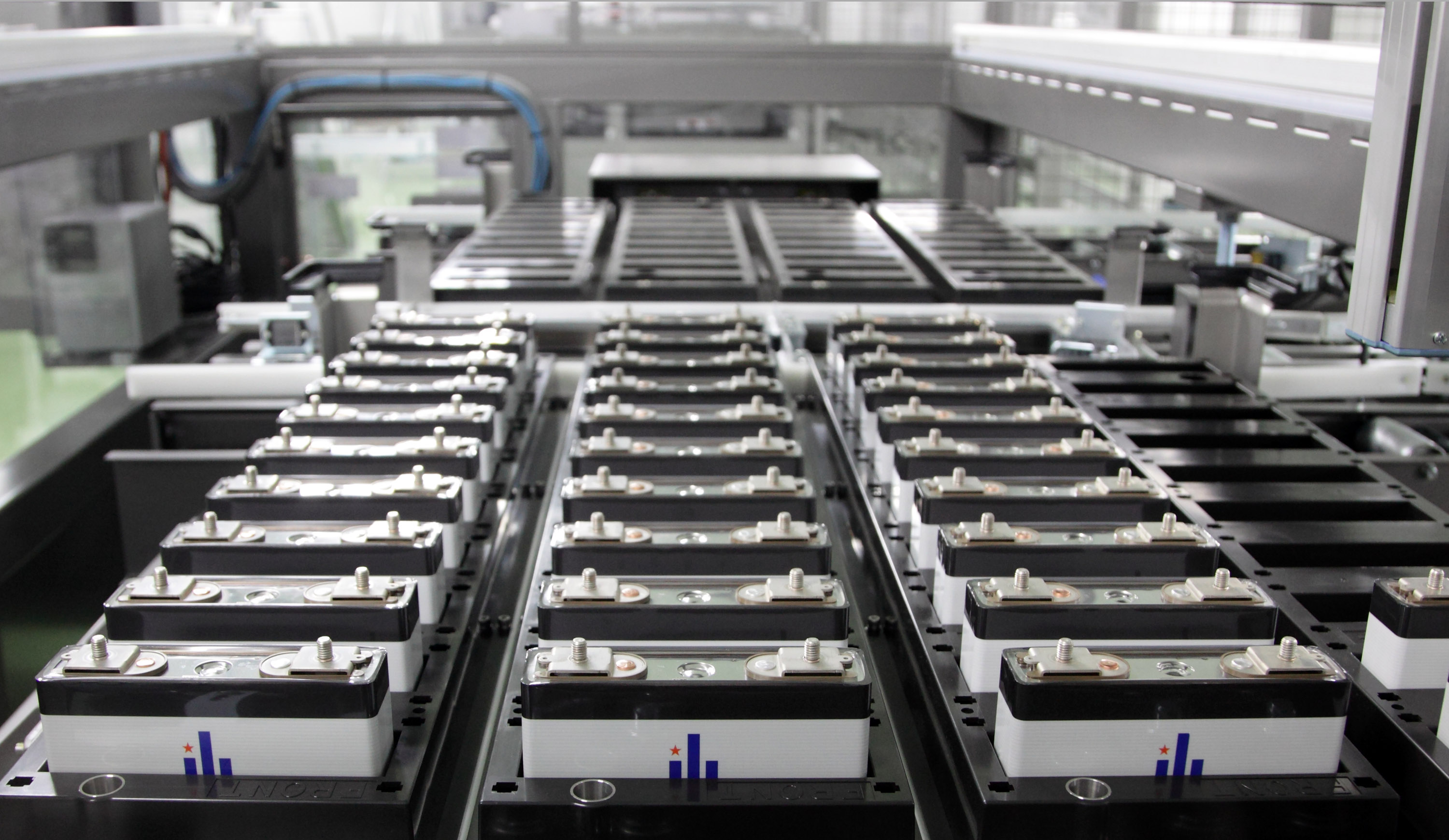
One of the limiting factors in the performance of lithium ion batteries in electric vehicles (EVs) is thermal management of the battery system. Batteries produce heat energy when they are charged or discharged. That energy must be removed, typically through conduction to a liquid cooled heat sink system. Excess heat can reduce a battery’s performance and limit its life. This is especially true as EVs increasingly turn toward fast charging.
At the interface between the battery and the cooling system, gaps and microscopic roughness exist, preventing efficient transfer of the heat energy. A better thermal connection between the battery cells or modules and the cooling heat sink is accomplished using a thermal interface material (TIM) that bridges the gaps and improves conductive heat transfer.
Liquid and Solid
There are two types of TIM products in use: a cure-in-place liquid or a pre-cured thermal pad (sometimes called a gap pad). The liquid gap filler is applied as a two-part system that is applied to one of the two surfaces. The battery and heat sink are then pressed together to reach a specific thickness. As the liquid cures, if forms a solid that fills in all of the gaps and surface micro-roughness. A gap pad is a precut solid material that is compliant enough to fill gaps and surface roughness as it is compressed between the battery and heatsink surfaces.
Lord Corporation was one of the first companies to develop thermal gels for the semiconductor industry. Now, it is applying that expertise in developing liquid TIM products for the EV battery industry. “When the need for improved thermal performance of battery packs arose from the EV push, we were able to leverage our technology to develop the CoolTherm thermal management materials we offer today,” Jim Greig, global business manager, electronic materials at LORD Corp., told Design News.
Filling Roughness
Liquid gap fillers flow into the gaps created by surface roughness and can be expected to provide coverage of the interface. “The performance benefits of (liquid) gap fillers versus the more traditional gap pad solutions are clear with better performance at a lower cost,” said Greig. “Our materials are different, which is what sets LORD apart in this space. Most automotive companies are used to mechanical solutions and this liquid ‘stuff’ is a clear deviation from the norm for them,” he told us. The company has written a white paper detailing the benefits of its liquid gap filler technology.
With the wide range of battery designs that are in use in EVs, the liquid gap filler also provides some flexibility and design freedom when designing the thermal management of a pack. “The type and functionality of the thermal management material really depends on the performance needs and the OEM design,” said Greig. “For example, a pouch battery has different characteristics from prismatic or cylindrical cells, and a module or pack application may also have different performance needs.”
Manufacturing
Another advantage that LORD claims for its liquid system is in the manufacturing of the battery pack. Thermal pads must be cut to shape, resulting in scrap material and a need of accurate placement. Liquids can be applied more easily, particularly with automated equipment. And they result in little or no waste. The company notes that rework is one of the only areas where liquid gap fillers don’t have an advantage—pads are easier to remove because they don’t conform to microscopic gaps as well, according to information in the LORD white paper.
LORD Corp. is a corporate sponsor of The Battery Show that takes place in Novi, Michigan on September 11-13. “LORD has been attending the Novi show since it started. We have had some great experiences and identified many new opportunities for our solutions,” noted Greig. “These events are really critical for the industry to come together to share new innovations and trends so the industry continues to transform the face of transportation,” he added. A presentation titled “Comparison of Gap Pads & Gap Fillers for Thermal Management of EVs” by LORD Corp. Principal Scientist Tim Fornes will take place at The Battery Show on Thursday, September 13.
